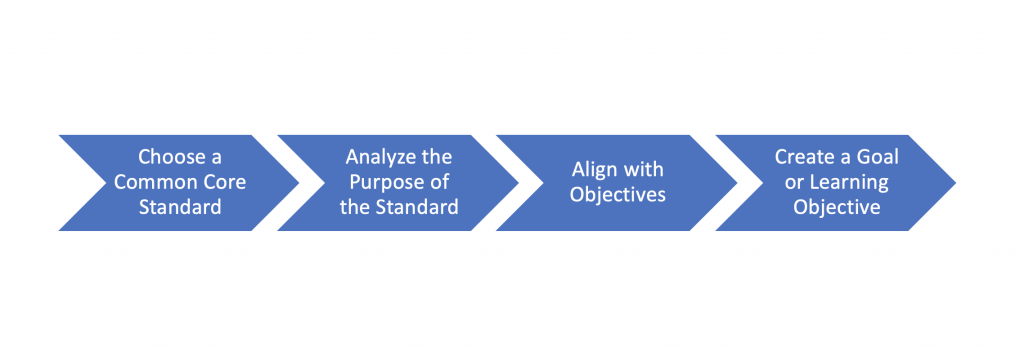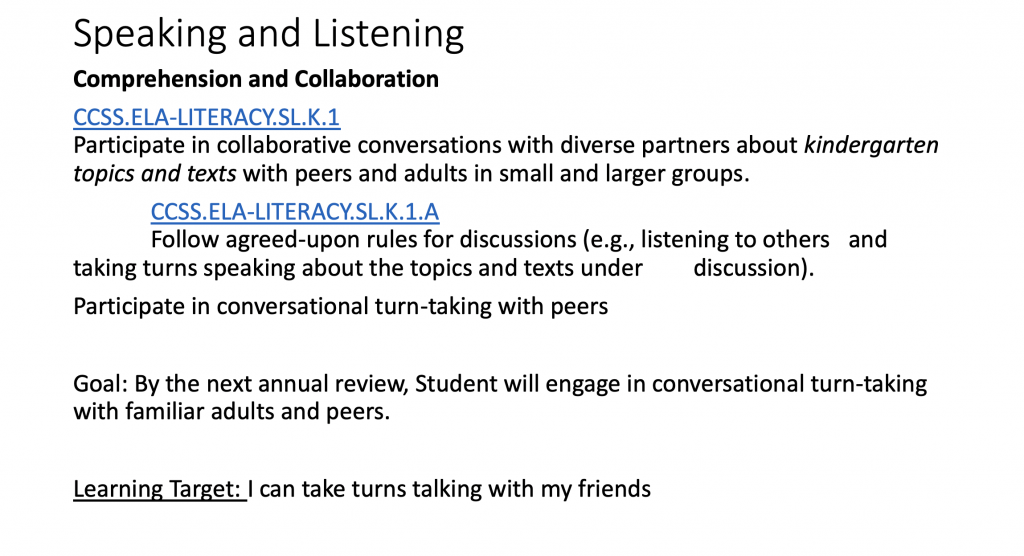Goal Development

Goals for students with OI hold more meaning when they are based upon increasing participation in home, classroom, and community activities or routines.
Increased student participation in activities/routines creates additional opportunities to create a transactional feedback loop (Wilcox & Woods, 2011).
Participation-based goals require collaboration between service providers and the family in order to make goals meaningful and family–centered, as well as to allow for intervention to occur within the different contexts in which the student participates (Palisano et. al., 2012).
To create participation-based goals teachers need to identify physical, social, and attitudinal environmental barriers to participation, then weigh the demands of the activity (Chiarello, 2017).
- Participation-based goals should encourage engagement and intrinsic motivation in students, and therefore should be self-determined and based off of the child’s interests (Palisano et. al., 2012).
- Effective participation-based goals should be determined using the existing strengths and resources that the student and family have.
- Lastly, goals need to occur within the natural environment in which the student participates in and should help him or her to actively engage in routines and real-world experiences/activities (2012).
| Skill-Based Goal | By the next annual review, Student will balance on one foot with hands on his hips for 30 seconds |
| Participation-Based Goal | By the next annual review, Student will participate in a dance routine lasting 5 minutes with his dance class, without falling |
Using Common Core State Standards to Write Goals

To align student goals with Common Core State Standards (CCSS), teachers should:
- Choose a CCSS that is grade level appropriate or from earlier grade levels, depending on developmental levels.
- Analyze what the purpose or essence of the standard is, and complete a task analysis to determine what skills are required to attain the standard.
- Align this with the objectives the student is working towards
- Create a goal or learning objective using this information
- Design a lesson that will work towards this goal
- Engage in progress monitoring

Click here for a link to the CA CCSS
